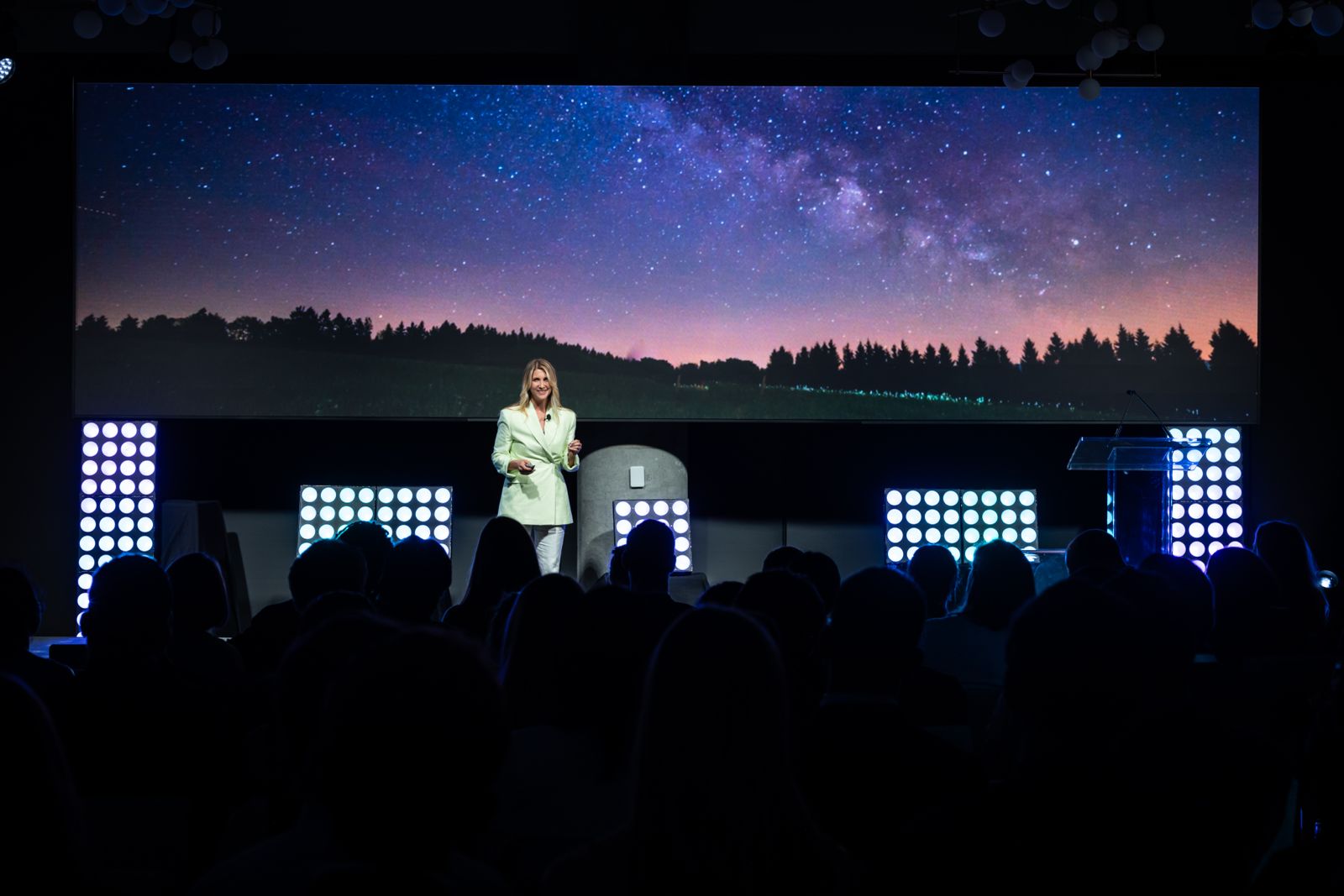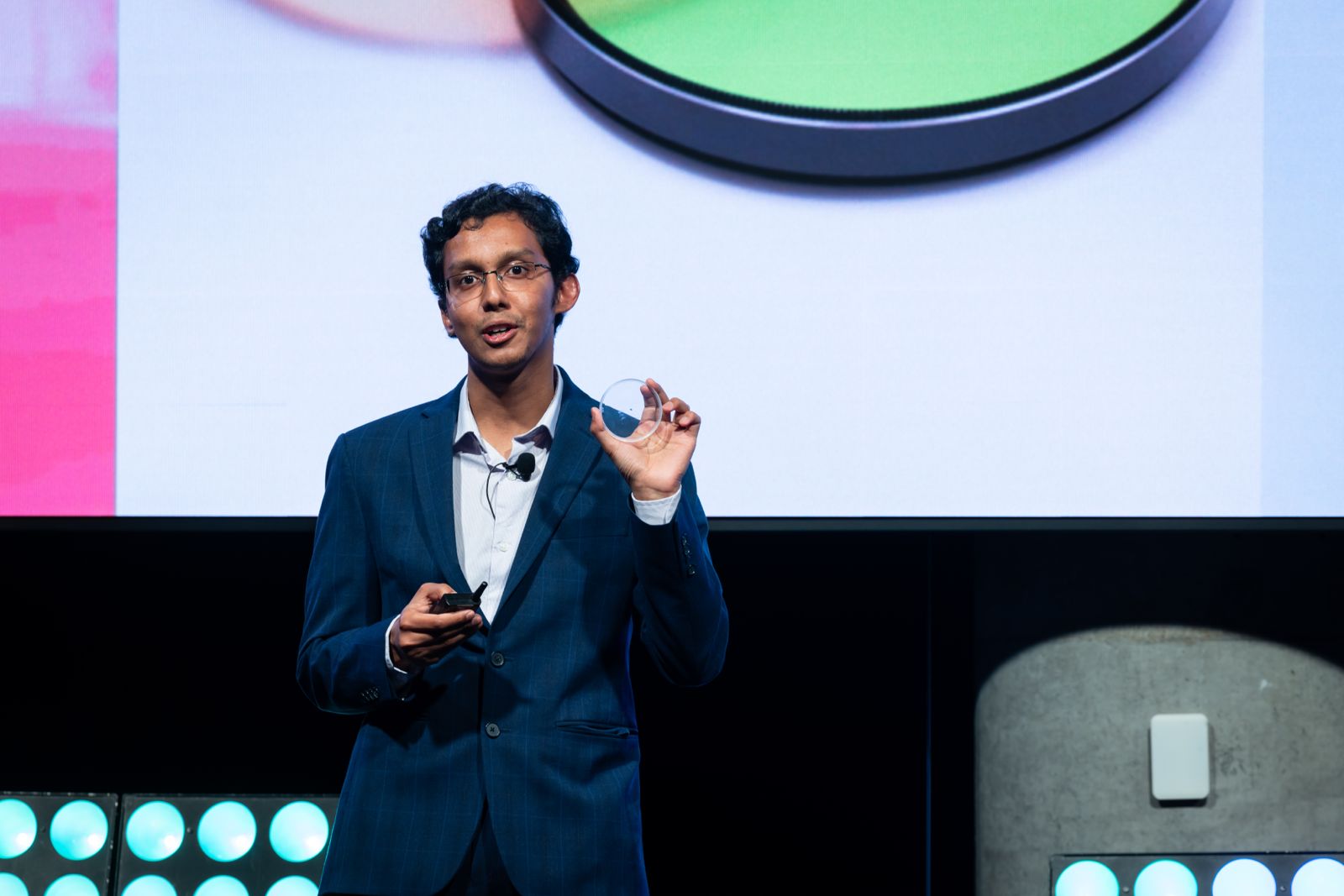Dr Hal Holmes is working on a big, existential problem: “We are in a mass extinction right now. It is happening orders of magnitude faster than any previous mass extinction because it is driven by human activities.”
For Hal, a 2018 Schmidt Science Fellow, the plight of the natural world and the battle to conserve it is not just about saving landscapes, plants, or animals. It is about people: “I really can’t imagine what the planet would be if we lost everything, if we lost all these species. The planet may recover, and new species may come in but it could be very likely that we just wouldn’t be around to enjoy it anymore.”
Hal has dedicated himself to advancing and deploying science to halt at least one of the drivers of species extinction – the huge and growing illicit trade in endangered species. He wants to perfect technology that would choke off demand for this trade, thereby reducing the incentive to destroy valuable and rare habitats for profit. Crucially, Hal recognized early in his career that the objectives he had could only be achieved by bringing together multiple disciplines and building collaborations that span individuals, teams, and supporters. Collaboration introduces different perspectives on a problem, increases the chances of success, accelerates progress and reduces risks.
“It’s not just a global warming or climate crisis, it is actually an extinction crisis which to me is much more problematic and significant because humans can adapt but other species are much slower to adapt and don’t have the ability to traverse the globe in the way that we can,” Hal explains.
Hal saw a way engineering could provide a solution to one part of the chain of drivers behind the extinction crisis. If field agents could be provided with a way to quickly identify whether an imported shipment derived from natural products was what it claimed to be, then illicit trade can be disrupted and demand choked off. For example, are those steaks from a cow or a protected pangolin? Is that stock of timber from the commercial eastern red cedar or the endangered Spanish cedar?
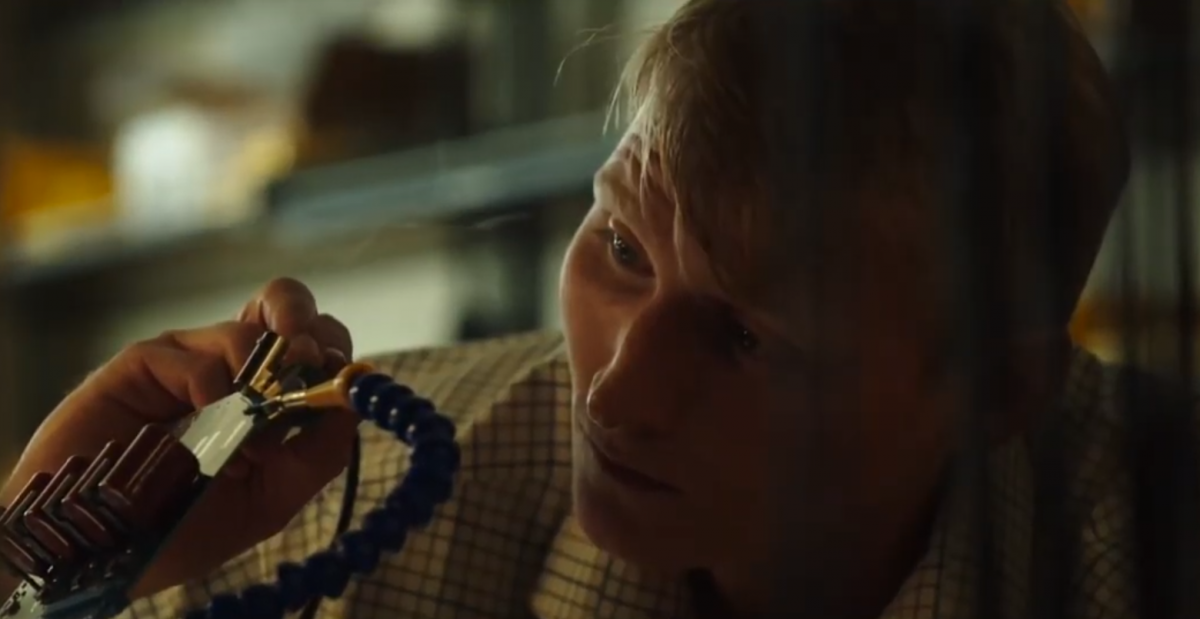
Conservation engineering in a cancer lab
Hal completed his PhD in bioengineering at the University of Washington in 2018, working on a project to develop a DNA ‘barcode’ reader that could be deployed at ports, border posts, and truck checkpoints, with the aim that field agents with minimal specialist training could obtain quick results.
Partnership was important to Hal and, in particular, ensuring the device would work in real-world environments. He and his team worked closely with the Washington Department of Fish and Widlife (WDFW) to ensure his device would meet their agents’ needs as they work to inspect shipments. WDFW provided Hal’s team with valuable user interviews to enable them to focus on approaches that would work in the field when completed. Hal and his colleagues made strong progress on the DNA screening tool itself, but it became clear to him that obtaining samples, particularly from challenging products such as timber, was a crucial bottleneck.
He explains: “The most significant challenge we found was around extraction from timber DNA. The only way to really stop the shipments of illegal timber from going through is to be able to test them and I don’t see many technologies that are being miniaturized in the near term other than a DNA test.”
With support from Schmidt Science Fellows, he spent a year in the lab of Dr Eli Vlaisavljevich at Virginia Tech. Eli’s lab is primarily focused on the use of ultrasound to create collapsing bubble clouds (cavitation) that hold the promise of a non-invasive way to treat cancer tumors. Hal saw the potential to harness the same technique to quickly extract DNA from samples to use in his DNA screening tool.
Hal says: “My work up until the Fellowship was focused on microfluidics and microfabrication and Eli’s work is focused on ultra-sound based technology which is a completely different world of disciplines to what I had been exposed to, and so I learned a new skillset that I found to be incredibly valuable for conservation.”
He spent his placement year refining the engineering and the protocols that would allow the ultrasound technology to be deployed alongside the DNA device. Hal says: “I saw a really big opportunity to take a huge risk on this technology and if it works, we could test it in the field five to ten years from now.”
“Hal brought a completely new set of expertise to my lab along with an entirely new research direction for us to pursue together.” – Dr Eli Vlaisavljevich
Eli welcomed Hal into his lab and recognized the mutual benefit in having a different skillset in the team: “Having Hal in the lab has been an excellent experience. We are both extremely interested in pursuing new technologies to solve large global problems in medicine, conservation, and other areas, and we share an understanding of the interdisciplinary and team science approach that is required in order to reach those goals. Hal brought a completely new set of expertise to my lab along with an entirely new research direction for us to pursue together.”
The year at Virginia Tech also exposed Hal to new insights in how scientific teams can work effectively. He observed how Eli’s focus on cancer therapeutics meant the lab often hosted medical students, joining the group to contribute their specific insights. “This helps you to focus on what you are good at and work with people who are an expert in their field, but you understand enough, just not as much in depth knowledge as them. That has helped me a tremendous amount in what I do now,” Hal explains.
Eli is also a strong supporter of this philosophy. He comments: “The division of labor in science has allowed us to reach levels of expertise that wouldn’t be possible without extreme specialization, but we can’t take full advantage of these advancements unless we work hard to bridge the gaps between fields in order to pursue solutions to grand challenges that incorporate expertise across many disciplines, both within and outside of the scientific community.”
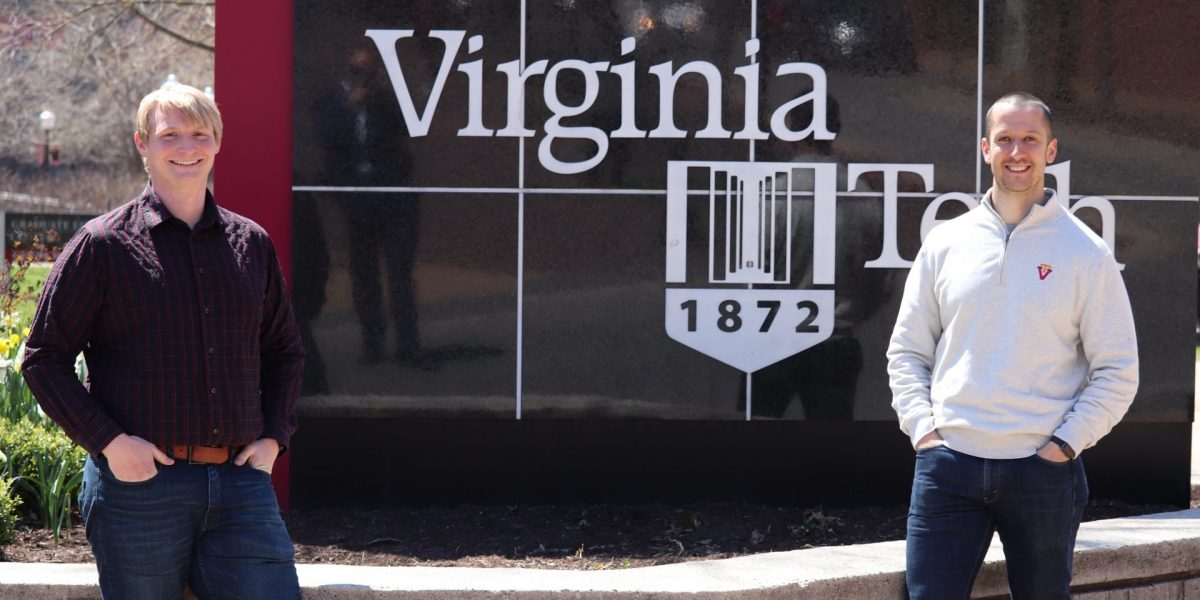
Team science
The Fellowship year proved to be a turning point for Hal’s understanding of what interdisciplinary collaboration could be. He recognized that it was impossible for one individual to do everything on a project; the key is understanding the contributions of different disciplines, being able to communicate with experts in different fields and bringing everyone together.
Hal is now serving as Chief Engineer of Conservation X Labs, co-leading a lab that he helped to establish in Seattle. Supported by the Gordon and Betty Moore Foundation as one of the 2018 Moore Inventor Fellows, he is perfecting his DNA screening tool to produce a marketable device that can be adopted by public agencies and importers wanting to ensure their products are what they claim to be. The Moore Foundation funding is helping Hal to transition his invention from a prototype to a device that could realistically be utilized by public agencies and private importers.
“We are now moving much faster on my project by taking on this interdisciplinary mind-set and that is directly linked to the lessons I learned in my Fellowship. This has had a direct impact on how I structured my team and my thinking.”
Conservation X Labs was founded by Alex Dehgan and Paul Bunje in 2015 with the mission of ending human induced extinction by developing and supporting technology and innovation. Alex and Paul originally started the DNA barcode scanner project, envisioning a rapid, user-friendly DNA scanner. With their initial funding, they hired David Baisch, a molecular biologist by training who is a leading expert in DNA barcoding and evolutionary genetics, and identified Hal from his microfluidics work in the Böhringer Lab at the University of Washington.
Hal is now leading on the technical work, alongside David. His team of five are working in an incubator space in the heart of Seattle, perfecting their technology while exploring options to spin-out into a public benefit corporation.
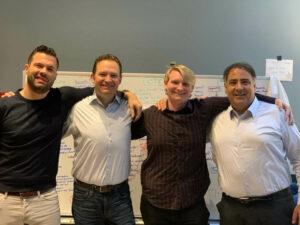
Hal comments: “My technical work is focused on the electronics, then we have Gareth Fotouhi, an amazing mechanical engineer putting together the features and working designs, and Cifeng Fang who has a lot more experience than I do in microfluidics and is somehow also an incredible programmer. They are both doing a thousand times better than I could ever imagine I could do, especially if I took the approach of doing everything myself as I was doing in graduate school. On the biology side, David leads the assay development with Misa Winters, an expert in ancient DNA and DNA extraction. They are doing things I didn’t know were even possible and would need another PhD to understand.”
Alex and Paul structured Conservation X Labs to support both the fundamental research Hal and David have conducted behind this project and the commercial translation of this technology to reach the scale required for a meaningful impact. Alex, Paul, David, and Hal will form the leadership team commercializing their DNA screening tool, serving as an exemplar case for Conservation X Labs’ model of harnessing innovation and technology to halt the extinction crisis. Alex comments: “Conservation must become a multidisciplinary field that can engineer, evaluate, and deploy solutions at scale if we are going to stop a mass extinction.”
Finishing the development of the fieldable system is just the first hurdle Hal’s team faces. To get the system successfully on the market and in the hands of users to make the impact his team envisions, they will face a myriad of problems to which he stated: “I would need a lot of skillsets and a lot of different expertise to solve. Not just mechanical engineering, chemistry, biology or electrical engineering alone. We’ll have to hire or work with more really good people who can get those jobs done”
While Hal is still is still spending part of his time working on the ultrasound technology with the team at Virginia Tech, where he holds a position as a Senior Research Scientist, he is also working on using his DNA device on more easily accessible wildlife product samples – namely seafood. As fisheries become threatened from over-fishing, it is vital to be able to identify if an import of seafood is from a sustainable source or not. Again, by seeking the input of others, he has been able to find ways to move the project forward. Later this month Hal expects the first user tests to begin in the lab with a firm that manages import documentation.
Hal explains: “When seafood is processed to create a saleable product and that product then crosses a border before distribution to consumers there is the potential for trafficking and fraud. We can help the industry provide assurance that products are what they say they are.”
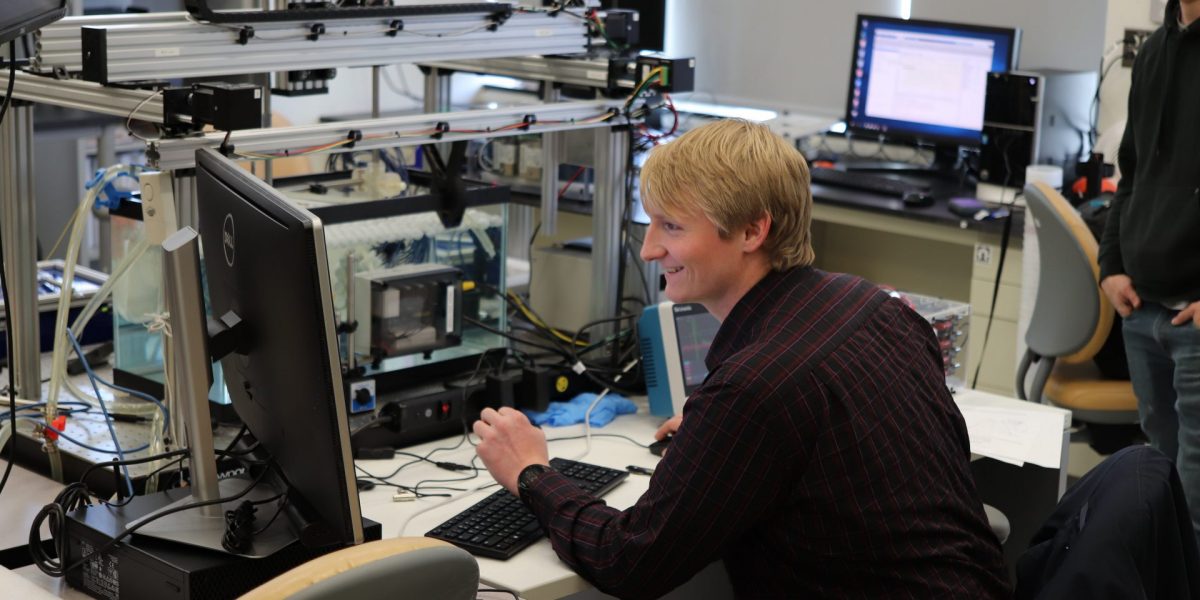
All about people
People are the fundamental drivers of the extinction crisis, but it is only people that offer the hope of solving these challenges – and in Hal’s view it will be diverse groups of people collaborating. He explains: “There is a huge risk factor in developing new technology. You need to welcome different applications from other fields to solve a problem by looking at it from different angles.”
The role of Schmidt Science Fellows has been central for Hal: “The Fellowship year exposed me to new ways of thinking. I learned a lot more about electronics and circuit design working with Eli, and he introduced me to a lot of new connections. I also learned to think differently about risk and how to gauge the probability of success as we aim towards much bigger goals.”
Hal’s collaborative and interdisciplinary outlook will be staying with him: “Just last week I had three different people working on problems spanning from oceanography to energy storage that have been asking me about my expertise in focused ultrasound for other problems related to conservation and environmental protection. This is what drove me to the Fellowship – that opportunity to do an interdisciplinary project, to do something that I have no experience in and take a huge risk on something that I feel is going to accelerate and have a meaningful impact on my work.”

